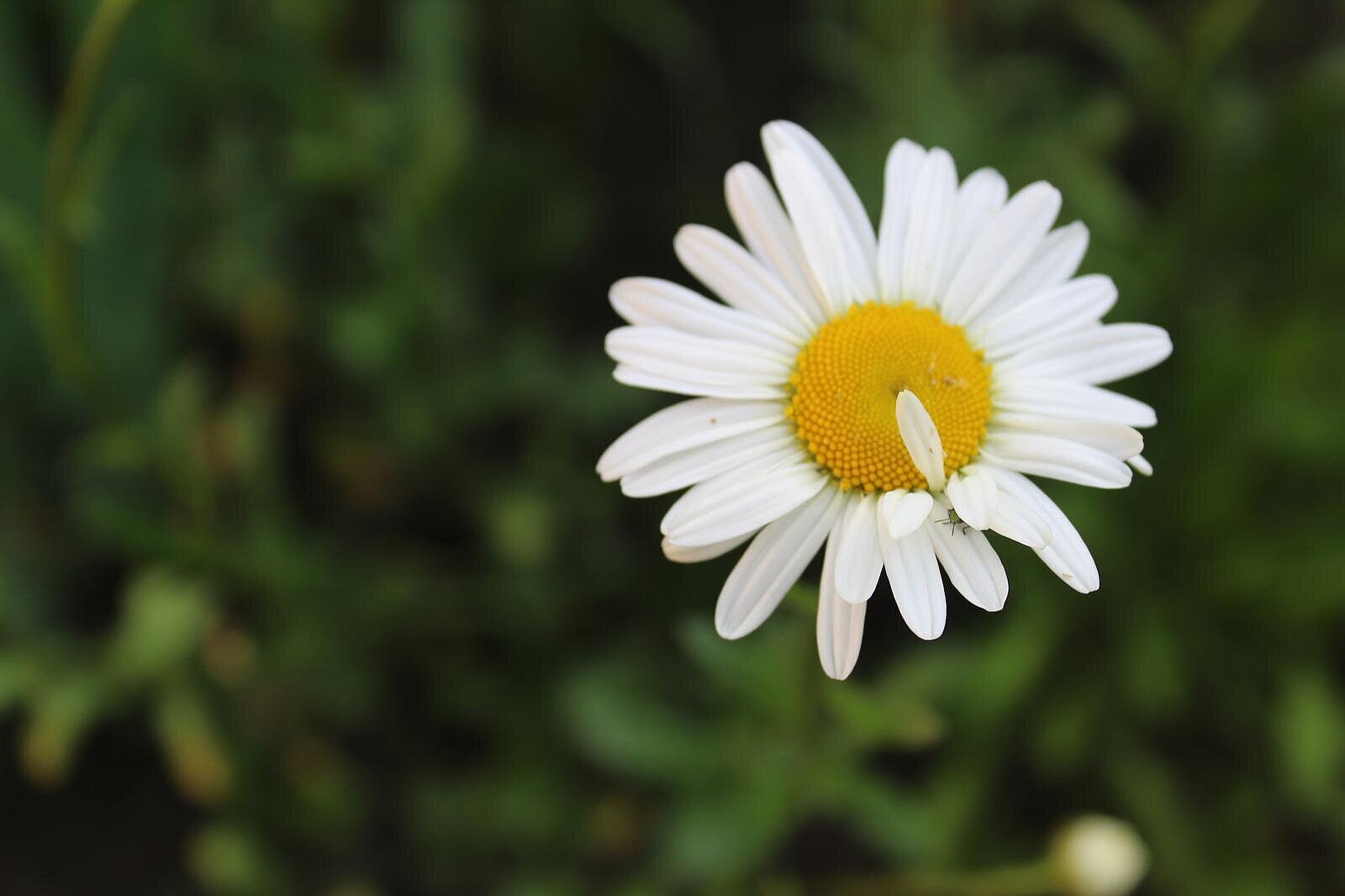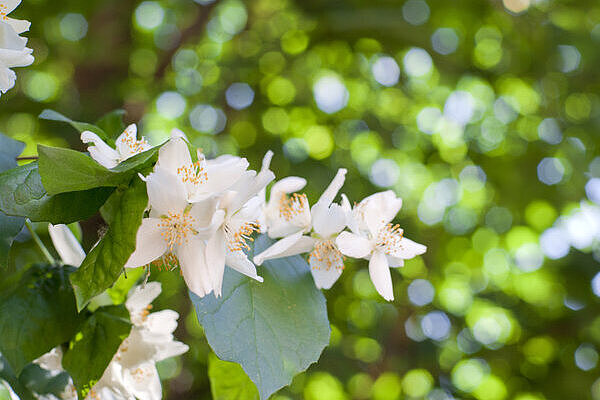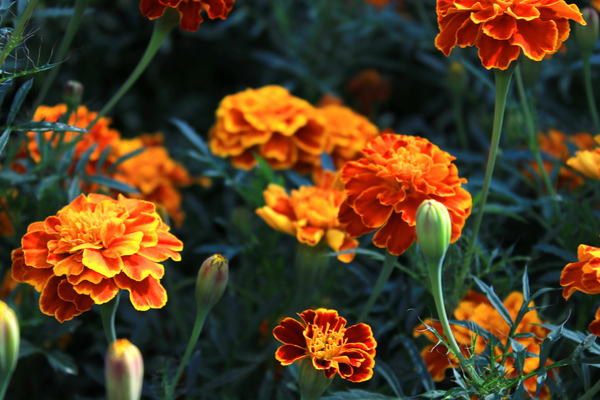Lavender flowers

What is lavender?
Lavender is a plant genus that belongs to the labiate family. There are around 30 different species of lavender, which differ in appearance, smell and active ingredient content. The best known and most common species is true lavender (Lavandula angustifolia), which grows and is cultivated mainly in the Mediterranean region. Lavender has blue to purple flowers that are arranged in panicles and exude an intense fragrance. The flowers are mainly used to make essential oils, perfumes, soaps, teas and other products.
Is lavender poisonous to dogs?
The good news is that real lavender is not poisonous to dogs. This means that if your dog nibbles on a few flowers or leaves, you don't have to worry. Real lavender only contains small amounts of essential oils and other substances that are safe for dogs.
The bad news is that there are some types of lavender that can be poisonous to dogs. These are mainly hybrids, i.e. crosses of different lavender species that have a higher content of essential oils and other substances. These include, for example:
- Wool lavender (Lavandula lanata)
- Spike lavender (Lavandula latifolia)
- Crested lavender (Lavandula stoechas)
- Lavandin (Lavandula x intermedia)
These lavender species contain the following substances, among others, which are toxic to dogs:
- Linalyl acetate
- tannins
- flavonoids
- camphor
- linalool
- cineole
These substances can lead to symptoms of poisoning in dogs, such as
- vomiting
- diarrhea
- gastrointestinal irritation
- shortness of breath
- palpitations
- cramps
- Unconsciousness
The severity of the symptoms depends on the amount and type of lavender eaten. Small or young dogs in particular are more at risk than large or adult dogs. If you suspect that your dog has eaten a poisonous variety of lavender, you should consult a vet immediately.
What are the benefits of lavender for dogs?
If you are sure that your dog only eats or smells the real lavender, this can even have positive effects. Lavender has some healing properties that can also be useful for dogs. For example:
- Lavender has a calming and relaxing effect on the nervous system. This can help anxious or nervous dogs to reduce stress and sleep better.
- Lavender has an antibacterial and anti-inflammatory effect on the skin. This can help with skin problems such as eczema, itching or wounds, promote healing and prevent infections.
- Lavender has a digestive and antispasmodic effect on the gastrointestinal tract. This can help to alleviate mild digestive complaints such as flatulence or constipation and support the intestinal flora.
- Lavender has an insect repellent effect and protects against parasites. This can help keep ticks, fleas and mosquitoes away from dogs that spend a lot of time outdoors and reduce the risk of illness.
How can you use lavender for dogs?
There are various ways to use lavender for dogs. The simplest is to place lavender flowers or oil near the dog, for example in a basket, in the car or in a toy. This allows the dog to perceive the scent and benefit from it. However, make sure that the dog does not inhale or lick too much of it, as this can cause irritation.
Another option is to apply lavender flowers or oil directly to the dog's skin, for example on wounds, eczema or itching. However, you should always use a carrier oil such as coconut oil or almond oil to dilute the lavender oil. Pure lavender oil can be too strong and irritate or burn the skin. You should also always test a small area before applying the oil to a large area to rule out possible allergic reactions.
Another option is to add lavender flowers or oil to your dog's food or water, for example in the event of digestive problems or stress. However, you should always use very small amounts, as too much lavender can make the dog sick or poison it. You should also always make sure that the dog likes the food or water and eats or drinks it voluntarily. Never force something on your dog that he doesn't like.
Lavender flowers can be both poisonous and medicinal for dogs. It always depends on the type and quantity of lavender. True lavender is safe for dogs and can even have positive effects. However, other types of lavender can be poisonous and lead to symptoms of poisoning. Therefore, you should always pay attention to which lavender you have in your garden or home and how your dog reacts to it. If you want to use lavender for your dog, you should always be careful and stick to the correct dosage and dilution.
If you notice any signs of hypersensitivity or poisoning in your dog, you should see your vet immediately. We are not a substitute for a vet, but we try to be as accurate as possible. Every dog reacts differently and we recommend you get a second opinion or consult your vet if in doubt.
Stay healthy and take good care of your four-legged friend!😊
Similar to Lavender flowers
Chamomile flowers are the dried flower heads of the chamomile plant, which belongs to the Asteraceae family. Chamomile is an annual plant that is native to Europe, Asia and North Africa. It has...
What is a rose? A rose is a plant from the rose family (Rosaceae), which includes more than 300 species and thousands of varieties. Most roses have a spiky stem and large, fragrant flowers in various...
Jasmine blossom is the flower of plants from the jasmine genus (Jasminum), which belongs to the olive family (Oleaceae). There are over 200 species of jasmine, which are mainly found in the...
Marigold flowers have various positive effects on the health of dogs. Among other things, they have the following effects: Anti-inflammatory: Marigold flowers can help to relieve inflammation of...



